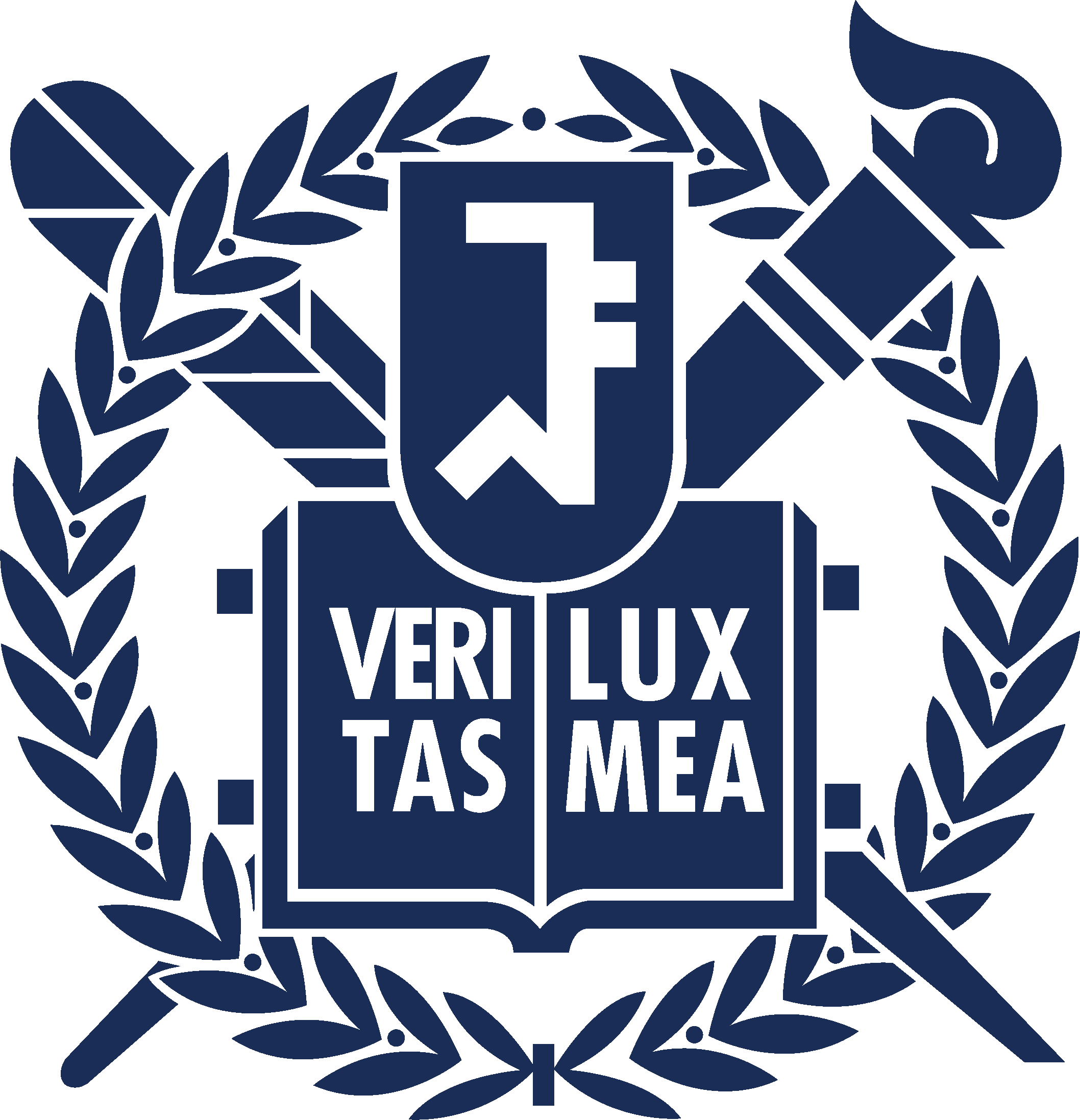Overview
The immune system is a double-edged sword. On the one hand, deficiencies in immunity expose the host to infection by pathogens or possibly to tumors. On the other hand, a hyperactive immune response can cause diseases such as autoimmunity by failing to distinguish self from non-self.
Our major research goal is to understand how the fine tuning and balance of the T cell response is established and maintained under physiological and various pathological conditions, not only to find ways to suppress destructive autoimmune responses, but also to enhance beneficial responses to foreign antigens and tumors.
This dichotomous nature of immunity is further complicated when it comes to the immune response following allogeneic transplantation. Successful transplantation requires tolerance to non-self antigens derived from transplanted donor cells to prevent graft rejection, while maintaining immunity to pathogenic non-self antigens. Using congenic, transgenic, and knock-out mouse strains for various genes essential for immunity, our laboratory investigates how immunity is controlled by establishing animal disease models for immune disorders such as graft rejection, graft-versus-host disease, tumors, and autoimmune diseases, by mining gene functions related to the immune response in vivo, the network between adaptive and innate immune cells, and by developing therapeutic strategies to treat the diseases.
T cell memory and Tolerance
T cells are a central compartment of adaptive immunity, which is characterised by the establishment of a memory for previously encountered antigens. T cells develop responses when they recognise cognate non-self antigens, become activated and differentiate into effector cells. Once the antigens have been cleared, the reactive T cells generate memory cells. On the other hand, under certain circumstances, T cells tolerate antigens by not responding to them through various mechanisms, for instances central tolerance (in the case of self-antigens), ignorance and anergy (in the case of peripheral self-antigens). Despite this well-established knowledge of memory and tolerance, the exact mechanisms underlying T cell memory and tolerance are not fully understood.
Under transplantation conditions, the generation of tolerance to donor-derived antigens is essential for successful transplantation while preserving immunity to pathogen-associated antigens. In transplantation between MHC-mismatched unrelated donors and recipients, T-cell responses to minor histocompatibility antigens (minor H Ags) are a major obstacle to MHC-mismatched solid tissue and bone marrow transplantation. From an antigenic standpoint, transplantation between MHC-matched individuals has the potential to be remarkably complex. However, the magnitude of the immune response is simplified by the phenomenon of immunodominance. Among the many dominant minor H Ags identified, H60 stands out as an extremely dominant antigen, overwhelming T cell responses to H28, H4, H13, H7 and HY. Using H60 as a model antigen, we are investigating the cellular mechanisms of memory and tolerance of antigen-specific T cells.
Graft-versus-Host Disease (GVHD) and Graft-versus-Leukemia (GVL) effects
Despite the advent of new therapeutic agents, including imatinib (for BCR-ABL-positive leukemias) and rituximab (for B-cell tumors), allogeneic hematopoietic stem cell transplantation remains the only treatment offering a cure for patients with advanced hematological malignancies such as lymphoma and leukemia. However, immunocompetent T cells in BM transplants develop responses against allo-antigens of recipient origin, leading to graft-versus-host disease (GVHD). GVHD is a life-threatening complication that leads to dysfunction of multiple tissues and organs, including the gastrointestinal tract, liver, lungs and skin. On the other hand, transplanted donor T cells exert a potent anti-tumor effect, called graft-versus-tumor (GVT) or graft-versus-leukemia (GVL) effects, by recognizing recipient allo-antigens expressed by tumor and leukemia cells. Thus, the ultimate goal of BM transplantation is to develop a strategy to maximize the GVL effect while suppressing GVHD.
Our group is investigating the biology of the CD8 T cell response, the molecular mechanism of T cell migration to target organs, and the cellular interaction between CD4 and CD8 T cells and/or between adaptive and innate immune cells to develop strategies to reduce the risk of GVHD while preserving the GVL effect.
Tumor Immuotherapy (CAR-T cells)
Chimeric antigen receptor (CAR) T-cell therapy is a recent therapeutic advance that has attracted attention for its dramatic tumor killing effects, particularly in acute B-cell leukemia. Composed of segments of several immunological molecules, such as a tumor antigen-targeting antibody and a T-cell receptor signaling moiety, the design of CAR structures has been explored in various fields of research, from immunology laboratories to pharmaceutical companies, to produce highly effective tumor-treating agents.
Based on immunological knowledge and our own research products, our group focuses on the design of novel CAR-T constructs with high efficacy that can be extended to the treatment of solid tumors.
T Cell Development Autoimmune disease
Immature thymocytes in the thymus go through selection processes, so called positive and negative selections. Survival of the developing thymocytes is determined by the avidity/affinity of the T cell receptors (TCRs) for peptide/MHC complexes presented by thymic epithelial and dendritic cells.
Only the T cells with TCRs that have low to intermediate avidities to self-peptide/MHC complexes are selected and allowed to mature and migrate to the periphery.
Further development in the periphery of naive T cells into fully differentiated T cells equipped with effector functions is also considered to be dependent on TCR recognition of foreign-peptide/MHC complexes. Therefore, the information on the TCRs of T cells reactive to a certain antigen is helpful to dissect how T cell development in the thymus and the periphery is controlled.
With spectratyping/immunoscope analysis, we have established databases of TCR usages involved in a specific minor histocompatibility antigen, which is the basis for making TCR transgenic mice. Together with transgenic mice that express cognate agonist peptides/or altered peptides ubiquitously or in specific tissues, development into specific lineage of effector T cells, and the development and pathogenesis of autoimmune diseases are under investigation.
